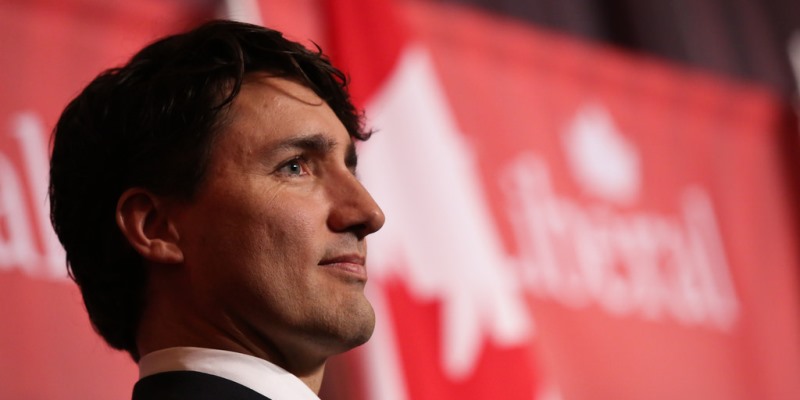Latest federal budget will continue trend of negative outcomes for Canadians

Reading the federal budget, which the Trudeau government tabled last week, is not an activity likely to improve the equanimity of Canadians suffering from over-taxation and anxious about stagnating living standards. The fact is, the budget sets Canadians even further behind with increased costs and higher taxes, which are sure to reduce productivity and investment further.
In terms of taxes, the main headline is the increase to the capital gains tax to a two-thirds inclusion rate for amounts over $250,000 per year. With Canada’s business investment numbers already dismal, the capital gains tax hike makes things worse by discouraging entrepreneurship and distorting economic decisions to favour present day consumption instead of saving and investment. Indeed, because people know the money they earned today will be taxed more heavily when they invest it tomorrow, the capital gains tax hike reduces incentives to work and earn today.
When it comes to costs, the “total expenses” line in the fiscal tables is most instructive. In last year’s budget, the Trudeau government said it would spend $496.9 billion in 2023-24 and $513.5 billion in 2024-25, rising to $556.9 billion by 2027-28 for a total of $2.6 trillion over five years. But according to this year’s budget, its $505.1 billion for 2023-24, $537.6 billion in 2024-25 and $588.2 billion by 2027-28, for a total of $2.8 trillion over the same five-year period, with both higher program spending and greater borrowing costs contributing to the increase.
In other words, the Trudeau government overspent its budget last year by an estimated $8.2 billion, has increased its spending for this year by $24.1 billion, and will now overspend last year’s fiscal plan by a total of $120.8 billion over five years. And that’s assuming the Liberals stick to the spending plan they just tabled. The Trudeau government has a track record of blowing past its original spending targets, often by astonishing margins, a trend continued in its latest budget. So taxpayers might reasonably expect even the significantly increased costs presented in this latest budget are an understatement.
Canadians might find the exorbitant costs of federal spending easier to accept if they saw some benefits commensurate to the spending, but they have not. From the third quarter of 2015 to the fourth quarter of 2023, growth in real GDP per-person (a common indicator of living standards) was less than 1 per cent cumulatively versus more than 15 per cent in the United States. This despite—or more accurately, because of—massive government spending including on corporate subsidies and other initiatives the government claimed would boost economic growth. Clearly, such growth has not materialized.
The latest budget increased spending for the national child-care program, but the thing has been a disaster from coast to coast, with families unable to find spots, daycare operators in dire straits, and costs to taxpayers ballooning. Similarly, while health-care spending has risen over the years, access to medical care has gone down. Spending and regulation related to climate change have exploded under the Trudeau government, but the environmental benefits of initiatives such as electric vehicle consumer subsidies and plastic bans, if there are any environmental benefits at all, are nowhere near high enough to offset the burden to taxpayers and consumers.
Clearly, the Trudeau government’s ramp-up in spending and increased taxation, as the GDP and investment figures show, have produced severely negative outcomes for eight years. By ramping spending and taxation up yet higher, it will help continue these negative outcomes.
Author:
Subscribe to the Fraser Institute
Get the latest news from the Fraser Institute on the latest research studies, news and events.

